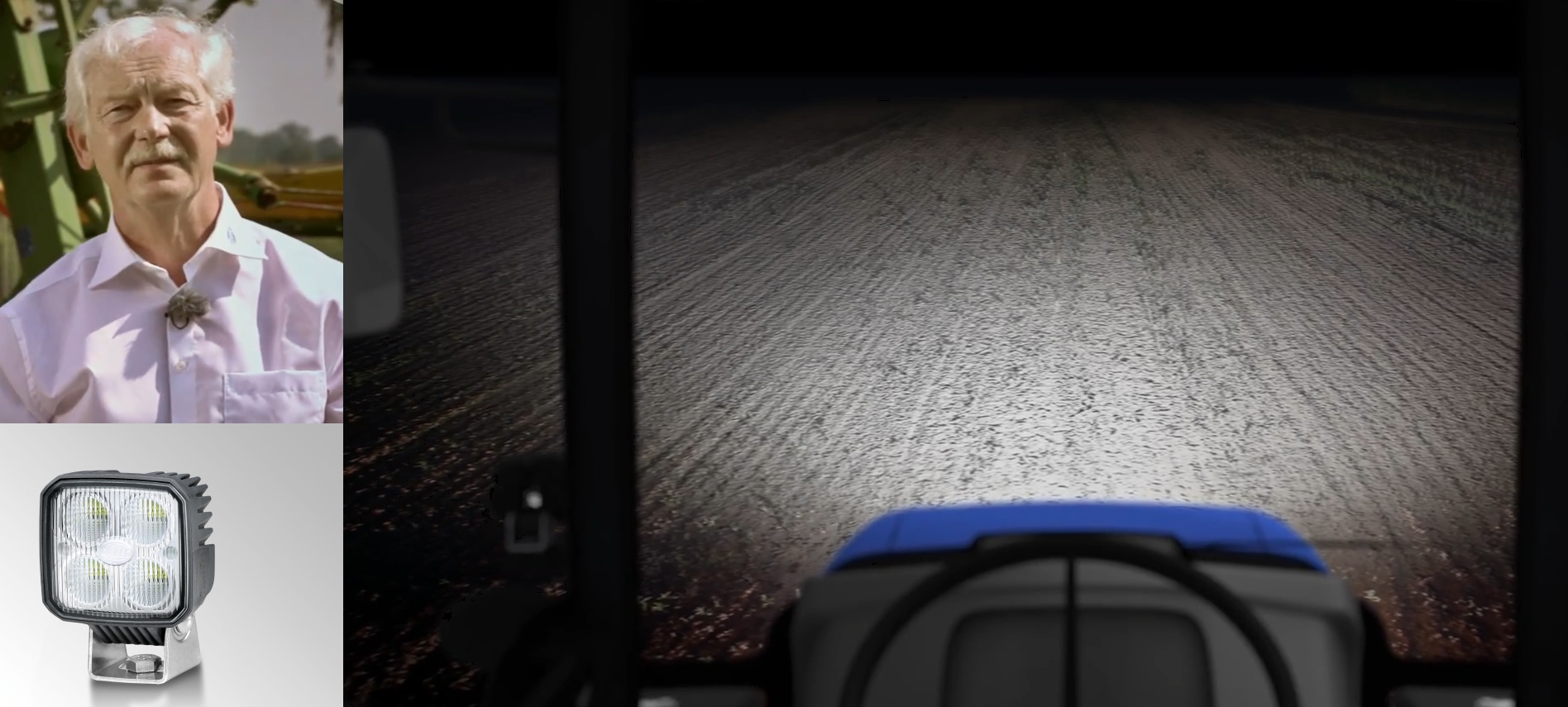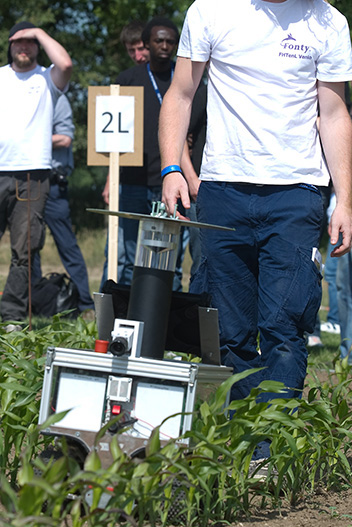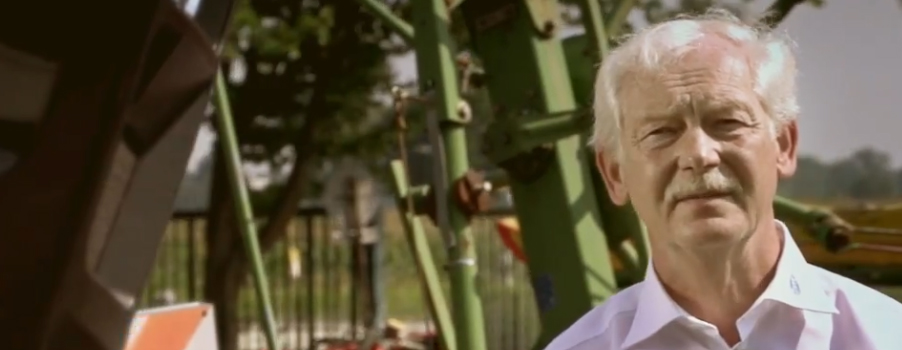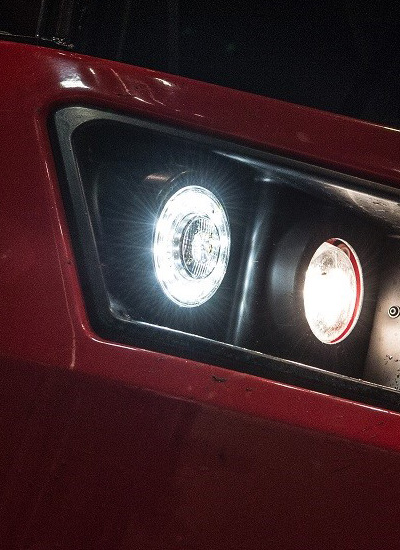
Converting to LED work lights: A clear increase in visibility and safety
02/26/2019There is a good reason why LED lighting technology is being used increasingly in agricultural engineering: LED work lights are not only energy-saving and highly efficient, they also turn night into day and look good at the same time. Therefore, an increasing number of new machines are already being equipped with LED lighting technology ex works. But is it worthwhile converting older agricultural machinery as well? We turned to Dietmar Bengsch from HELLA's Technical Field Service to find out:
Editorial: Mr. Bengsch, LED lighting technology has become the standard for work lights. But what about older agricultural machinery? Is it worth replacing their halogen or xenon lamps with LED headlamps as well?
Dietmar Bengsch: When it comes to efficient lighting technology, the energy-saving and durable LED headlamps are indeed the best choice. And this applies to older agricultural machinery still equipped with halogen or xenon headlights just as it does to today's new machines. Wherever operators are using agricultural machinery more frequently in the late evening hours and into the night out in the fields, then it really is a good idea to convert to LEDs.
What makes the LED headlamps so good?
Dietmar Bengsch: There are a number of advantages for using LED technology. One of the key reasons is that LEDs require less energy and are, therefore, considerably more energy efficient, compared to halogen or Xenon bulbs. The light from LED headlamps for vehicles is generally similar to daylight, with a colour temperature of more than 5,000 K. Anyone who has ever spent long night hours on a tractor or harvesting machine equipped with LED lighting technology knows how much more pleasant it is to work with it.
And, because the LEDs do not have filaments and are significantly less susceptible to vibration, their service life is much longer than that of bulbs. Simply put, the ideal LED illumination of the working areas enables a better, fatigue-free view and, therefore, a clear increase in safety as well.
These alone are convincing advantages. Is it also possible to retrofit older vehicles without any problems?
Dietmar Bengsch: Retrofitting is almost always possible and is also a sensible choice. Combining LED lamps with the existing halogen or xenon headlights on a vehicle is always possible. However, the original work lights should always be replaced by LEDs in pairs.
It is important to think about which working areas are to be illuminated – close range, long distance, or ground illumination, and how these can be ideally illuminated – prior to the conversion. The replacement or retrofit itself is then comparatively easy, and possible with a manageable outlay. There are a large number of solutions for individual vehicles and brands available from specialist dealers, and video instructions on converting are also available on our web pages.
Are there any aspects that need to be taken into account during the conversion?
Dietmar Bengsch: Absolutely! We always clearly point out that there are significant differences between LED work lights from different manufacturers. If you are interested in converting, you should make sure, for example, that the headlamps are of a high technological standard, taking into consideration aspects such as vibration, decoupling, and overheating protection (thermal management), which contribute to an increased service life. There are also major differences in reflector technology, which is demonstrated in the light distribution. Only the optimum interaction of reflectors, lenses and control electronics can bring out the best in LED headlamps – or, indeed, not. Interference-suppressed electronics is another aspect that ensures satisfaction during use.
When converting or retrofitting, it is also very important that the work is carried out professionally and, for example, that the required cable thickness is taken into account. The cables already installed in the vehicle have a certain conductor diameter, which limits the current flow. Overloads due to excessive power and the subsequent risk of cable fire also have to be avoided in all cases.
Is there an upper limit for mounted LED work lights?
Dietmar Bengsch: When driving in public areas, the number of approved headlamps is regulated in section 52 of the German traffic regulations (StvZO). Additional auxiliary headlamps mounted in the front area must not exceed regulation 100.Work lights, on the other hand, may be retrofitted in unlimited numbers to the front and rear of the vehicle and on the vehicle side – depending on the technical conditions of the vehicle – and may be carried on the road. The only condition is that it must be possible to operate them separately, and they may not be switched on when driving in public areas.
Learn more on HELLA work lights


